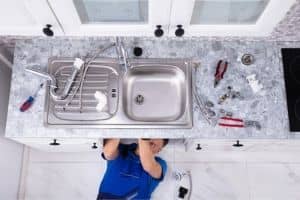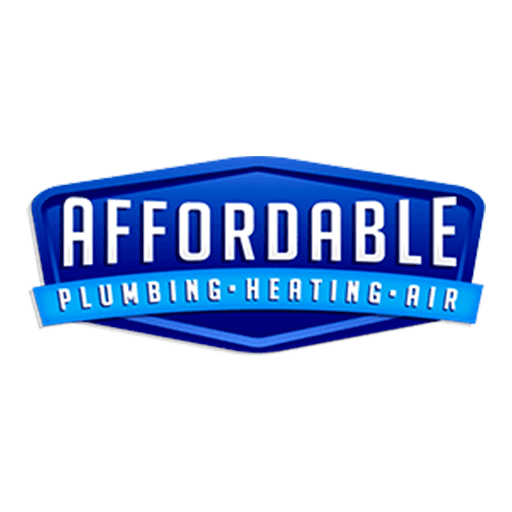
Go Back to School For Your Home’s Plumbing
August is “back to school” month, but learning isn’t just reserved for children. It’s time for adults to go back to school on how your plumbing system works.
Having a basic knowledge of your plumbing system will alert you to any potential problems, save you money, and help you to know what to do in the event of a plumbing emergency.
Don’t worry. Our back to school lesson on plumbing isn’t complicated. It’s basic information that any layperson can understand.
What You Need to Know About Your Pipe System
 There are two sets of pipes within your home. Supply pipes serve to pump pressurized water to your sinks, tubs, toilets, and appliances. Cold water is piped straight in, while hot water is generated when the water makes a quick stop off in your hot water heater.
There are two sets of pipes within your home. Supply pipes serve to pump pressurized water to your sinks, tubs, toilets, and appliances. Cold water is piped straight in, while hot water is generated when the water makes a quick stop off in your hot water heater.
After the water has been heated, it reenters the pipe system and is dispersed to your sinks, tubs, toilets, and appliances. The second set of pipes is called the drain-waste-vent system. These pipes run out of the home and serve to take away the water that has been used or is contaminated.
This system also serves to vent the waste lines and keep air exposed to sewage from rising back up through the drains into your home. Most pipe systems are made of either copper or plastic. Copper pipes are more expensive to install, but they have their advantages.
Copper pipes can be exposed to sunlight, are resistant to corrosion, and keep bacteria from generating in your water system. Copper pipes are also more resistant to root growth and rodent chewing. Plastic pipes are easier and more affordable to install. They are less likely to freeze over and are more flexible.
Kitchen Plumbing: The Intricacies of your Pipe System
Kitchens are perhaps the room in your home with the most water use. There are three main components to kitchen plumbing.
 Supply lines
Supply lines- Waste lines
- Hookups
As with the rest of the house, supply lines bring both hot and cold water to the tap in the kitchen. These lines provide the water you use for cooking, cleaning, and drinking.
Waste lines carry contaminated water away from the kitchen. The kitchen usually has several hookups for appliances. These can include dishwashers and ice machines.
How Draining Happens
 Whether you’re in the kitchen or the bathroom, drainage is a necessary component of your plumbing system. First, the used water goes down the drain. It enters the waste lines or drainpipes.
Whether you’re in the kitchen or the bathroom, drainage is a necessary component of your plumbing system. First, the used water goes down the drain. It enters the waste lines or drainpipes.
Suction or pumping is not needed to clear this water from the home. Drainage lines are angled so that gravity carried the used water through the lines and away from the home, either into a septic tank or the sewage system.
Drainage pipes include vents to keep the air fresh in your home. These pieces of pipe are shaped like an S. Water is pulled through the S on its way out of the home. Enough pressure is created to keep a bit of water in the base of the S. This prevents air from the sewer and the smell of sewage from reentering your home.
For this reason, the pipes that carry used water away from the home are often referred to as the drain-waste-vent system. This term is really self-explanatory. Used water is drained and carried through the waste lines away from the home. The vent or S in the pipes keep the smell of the used water or sewage from coming back up through the drain.
If you’re experiencing clogging, gurgling, or rattling anywhere in your plumbing system, perhaps now you can identify which lines are being affected. At Affordable Plumbing Sewer & Drain, we’re here to help you find a quality solution to your home’s plumbing needs.

 251-990-5248
251-990-5248


